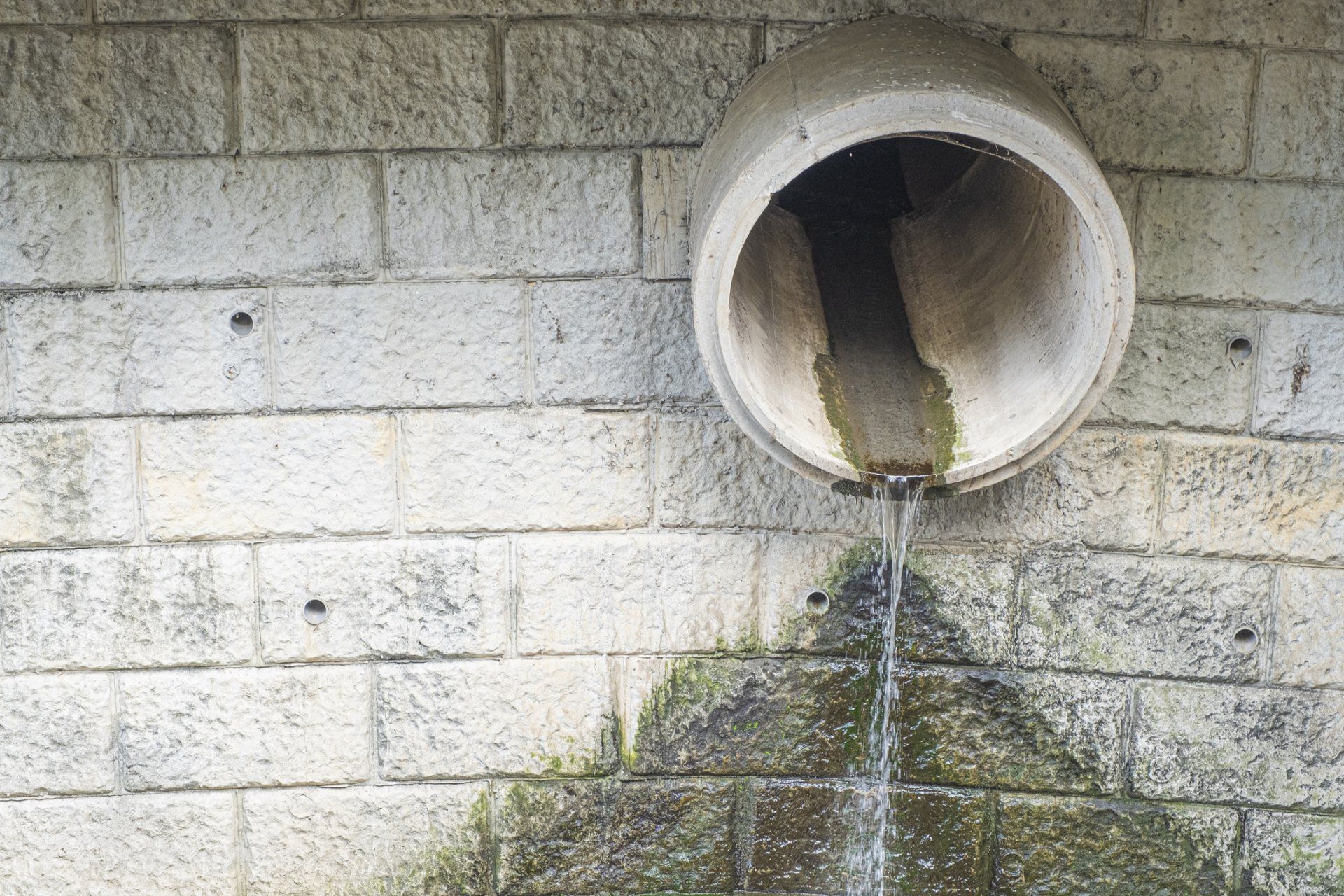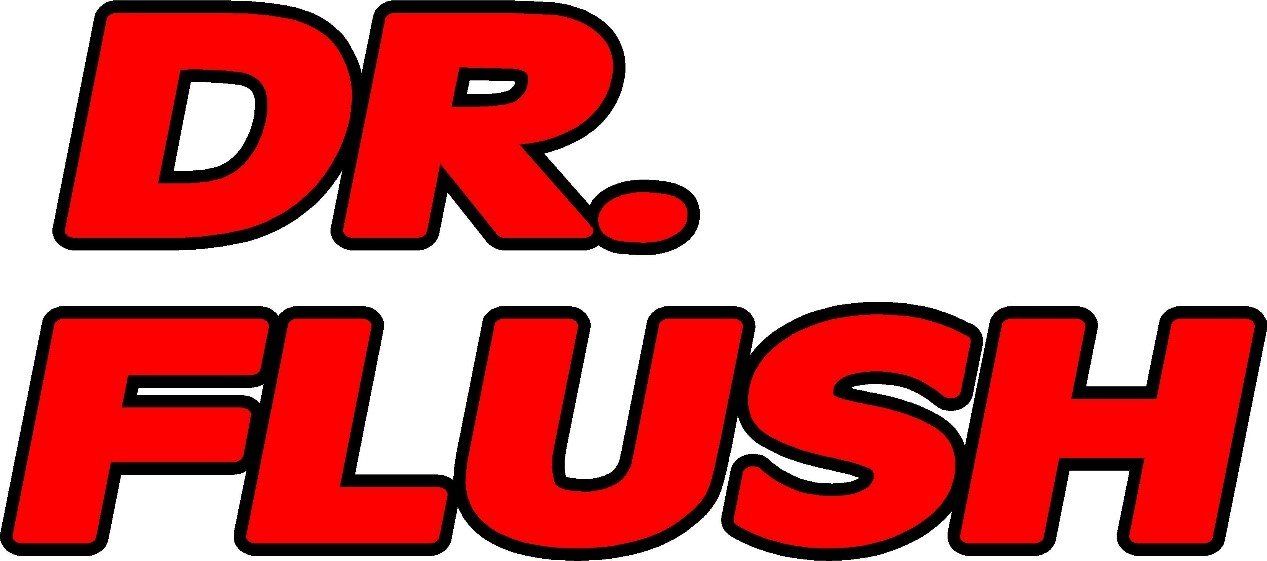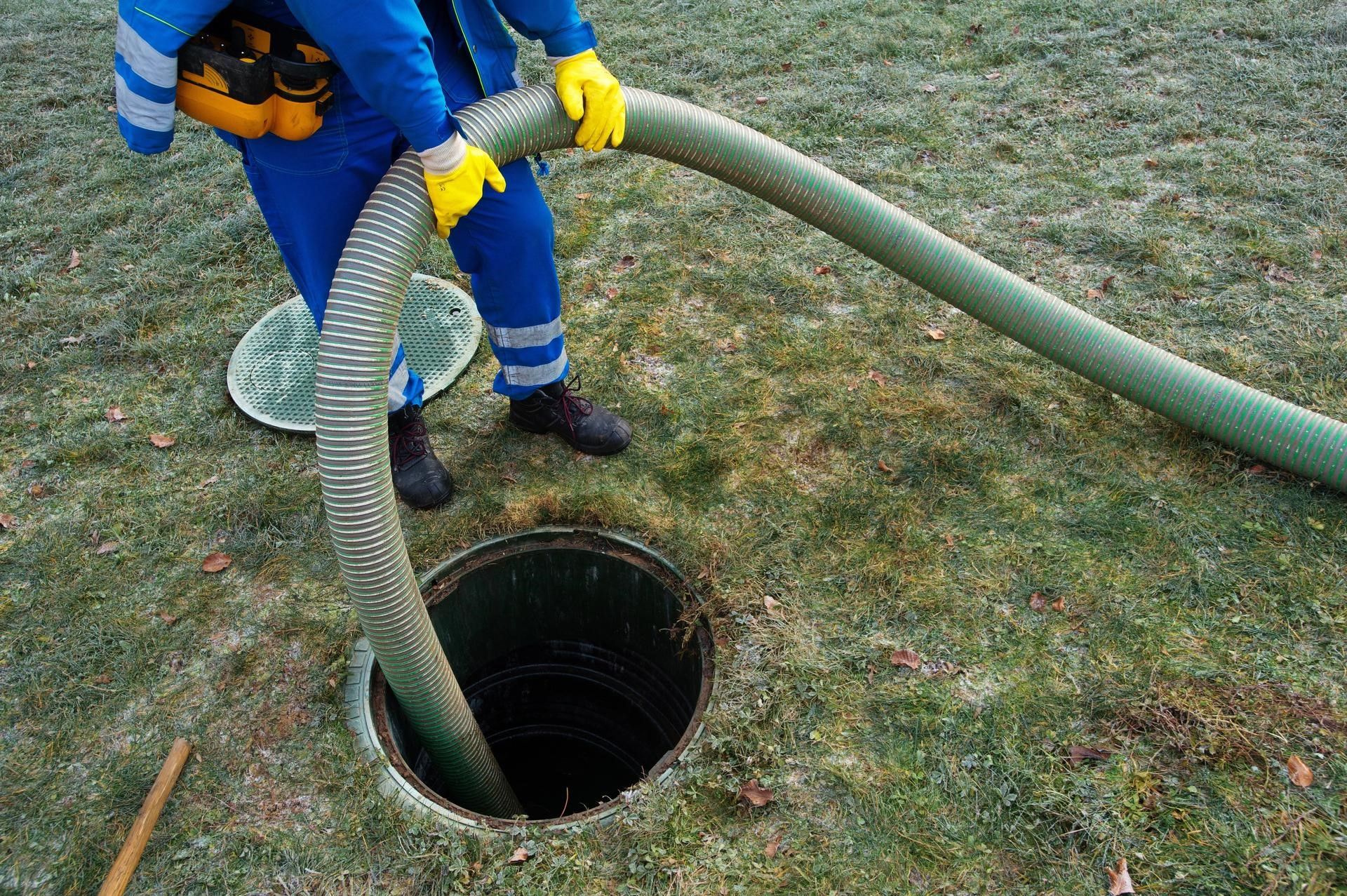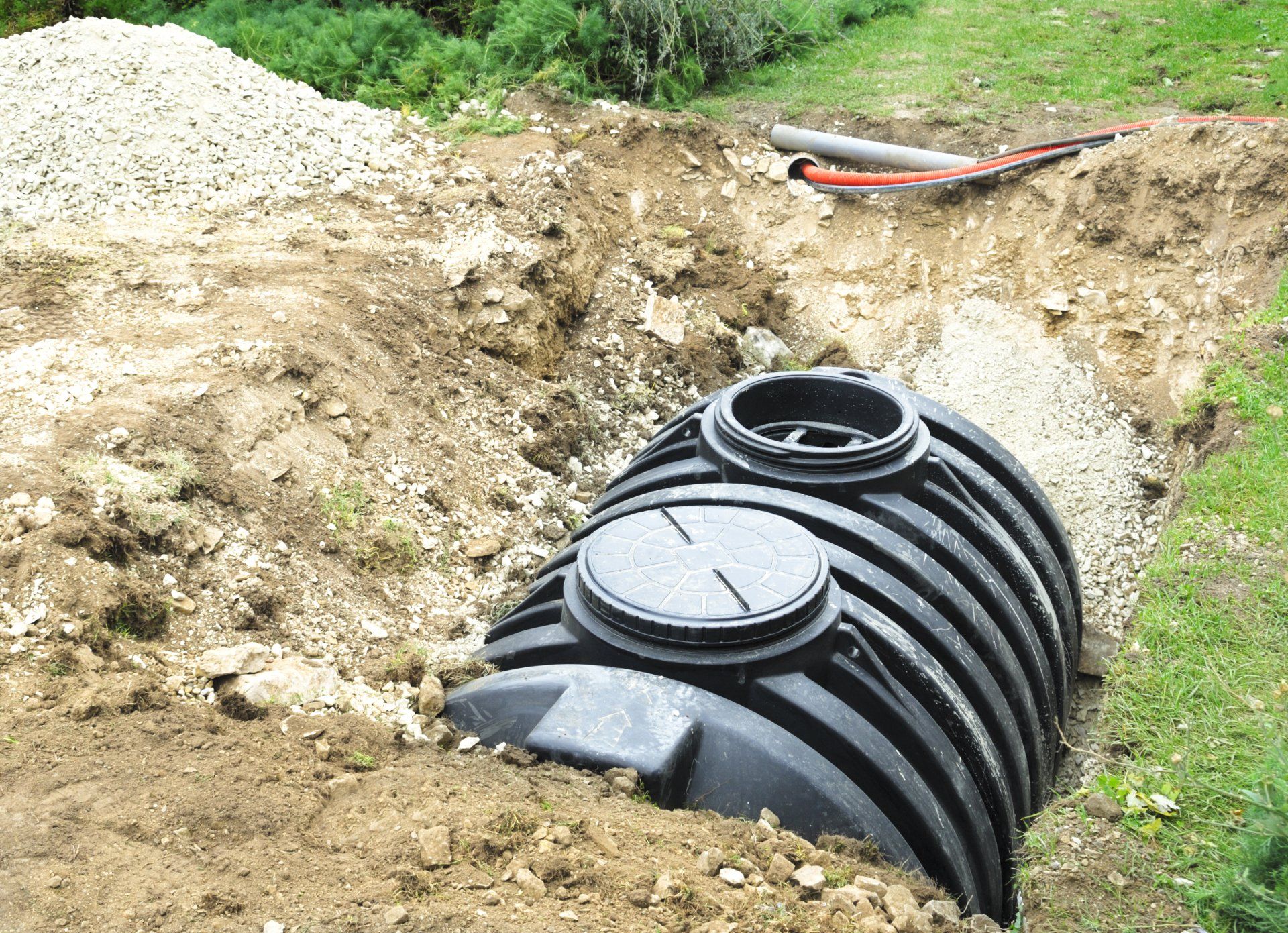3 Ways to Maintain Your Drainfield

Your septic system consists of more than just the tank. Effluent from the tank enters the drainfield, where the final processing of the effluent takes place. Proper care of the drainfield is necessary so you do not have to deal with the problem of raw sewage.
1. Remove Troublesome Landscaping
The wrong plants in the landscaping around and on top of the drainfield can destroy it, leading to a poorly functioning field and standing sewage on the surface. The biggest danger to the drainfield is tree roots from large trees and the extensive root systems some smaller shrubs produce. Fortunately, you can avoid issues simply by not planting trees and shrubs on or near the drainfield.
Another issue is plants that require ground disturbance. Avoid planting annuals that require that you dig deeply to put them in every year. Further, skip out on perennials that have deep root systems or create a dense ground cover.
Solutions
The right plants can help camouflage the drainfield and make it a beautiful part of the landscape. The solution is to opt for plants that require very little ground disturbance. A perennial grass lawn or a wild grass meadow provides one option. You can also grow annual herbaceous flowers, although it's best to grow from seed so you don't have to dig up the ground to put in transplants.
2. Reroute Home Drainage
There are a variety of drainage areas around any home. The rain gutter system on the roof, for example, routes water away from the foundation and downslope from the house. If you have extensive gardens or low areas in the lawn, you may have underground drain tiles to help carry away excess water. Some homes may also have sump pumps, pools, and outdoor water features that occasionally need to drain.
The problem is the drainfield is also often placed on the downslope from the house, so it can become overloaded if all the other home drainage systems run toward it. This leads to a flooded and clogged drainfield that can't process septic waste properly.
Solutions
Several solutions exist for redirecting run-off. You can build a berm or put in a swale to direct water from the home around the drainfield and toward the nearest safe drainage trench or municipal storm drain. Underground drains can also be installed to route home water runoff safely past the drainfield. A septic service can help you determine the best method for your specific drainage challenge.
3. Avoid Compression
After roots and flooding, the third biggest threat to your drainfield is weight - especially weight from driving on the drainfield. Most drainfields can handle a little weight, so you can walk across them or use a lawn mower and other home lawn equipment. You do not want to put in a shed or a garage on the drainfield, though.
Although you are not likely to drive on the drainfield, others may not be as careful. If you have service people out to your home, for example, lawn care or builders, they may accidentally park or place equipment on the drainfield since it just looks like a big open space. This can cause irreparable damage.
Solutions
The simplest solution is to create a boundary that can't be easily crossed. A decorative fence around the field will ensure visitors do not accidentally park there. If there is only one obvious entrance to the field, you can put up a sign or just use a small gate or lawn ornament to block access.
Contact Dr. Flush to learn more about how to maintain your entire septic system, including the drainfield.
contact information
Phone: 864-295-0232
SERVING ALL OF UPSTATE SOUTH CAROLINA
3805 HWY 417 Woodruff, SC 29388








